Digital and Analog Signals
Digital and Analog signals are two ways of representing and transmitting data in electronic circuits.
Digital signals are discrete and distinct values sent over a period of time. Digital signals are more resistant to noise and distortion than analog signals, making them more reliable for data transmission. Digital signals are used in computing devices and other digital devices such as music and video players.
Analog signals are continuous and vary smoothly over time. Analog signals can be affected by noise and distortion, which can degrade the quality of the signal. Sound waves, radio waves, and light waves are all examples of analog signals.
In some cases such as in musical recording and playback, both types of data signals are used. Music recorded on vinyls (or records) and played back on record players uses analog signals, while music recorded on compact discs (CDs) and played back on CD players uses digital signals. It is generally considered (but a highly personal and subjective choice) that music on CDs sounds better in terms of clarity but music on vinyls sounds more like a live performance.

